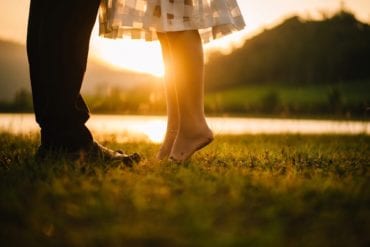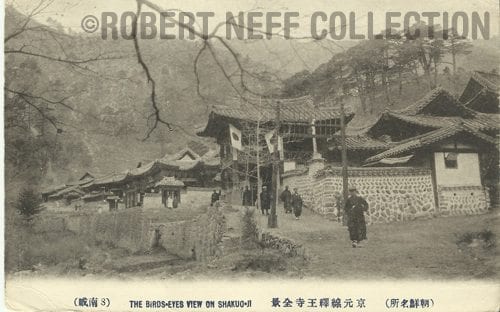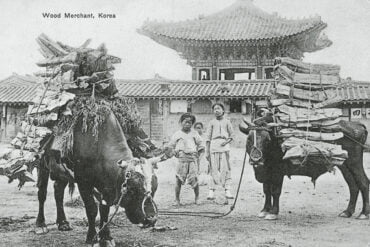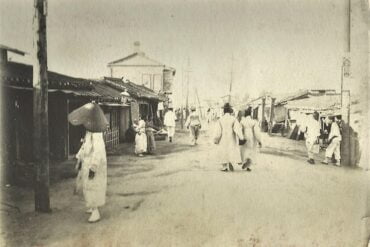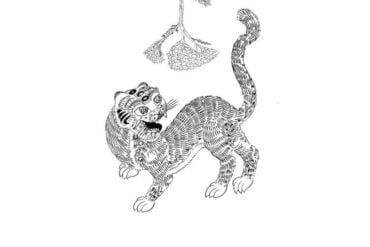Sailors, adventurers, diplomats, and businessmen made up the initial foreign community in Chemulpo, known today as Incheon.
You might be surprised to find out that today happens to be a day especially set apart for declarations of...
Words by Robert Neff Images from the Robert Neff Collection Up until the mid-1890s, Buddhist priests were banned from entering large cities, especially Seoul, and those who defied the ban paid for it with their lives. According to one early British visitor, George N. Curzon, who visited Korea in...
Photos from the collection of Robert Neff One of the most valued animals in Joseon Korea was the Korean bull,...
Words by Robert NeffPhotos from the collection of Robert Neff Joseon Korea was generally perceived by foreign visitors as a...
During the late Joseon era, Koreans were well-known for their fondness for children—not only their own, but foreign children as well. While many children thrived on the attention, others did not. Annie Heron, who was born in Seoul in 1886, recalled waking up one morning to the sound of her...
Words by Robert Neff Photos from the collection of Robert Neff One of the earliest modernizations to Seoul was the...
Photos from the collection of Robert Neff Prior to the marvels of the computer and its email service or the...
In 1882, three courageous American officers became the first Westerners to step foot in Busan. When the intrepid elderly British adventurer Isabella Bird Bishop visited Fusan (modern Busan) in January 1894, she declared, “It is not Korea but Japan which meets one on anchoring.” She was, of course, referring to the large population of Japanese that literally dominated the foreign settlement of that port, and, for the most part, the surrounding Korean community.
Life at the Western gold mines in northern Korea was dangerous both inside and out in the 19th and early...


